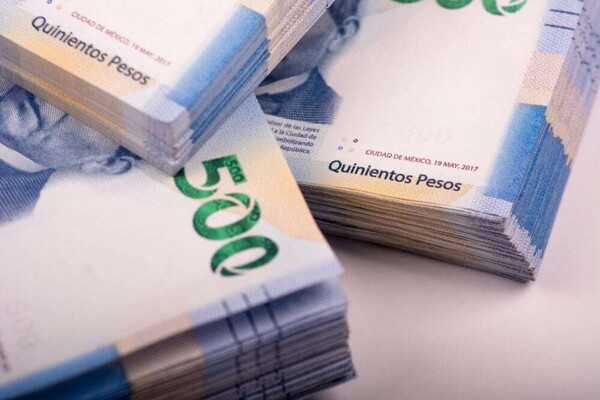
The credit cycle is the period spanning from the start of the billing of a credit card, the cutoff date established by the cutoff date, and the payment that must be made, covering a total of 50 days. This cycle is essential for using a credit card without incurring interest payments.
Juan Luis Ordaz explained that by taking the cutoff date, the payment deadline, and the credit cycle into account, it is possible to avoid paying interest. For example, if the credit cycle of a card begins on the first day of January, all purchases made during the month will be added to the account. After 30 days, marked by the cutoff date, the total debt balance will be reported on the statement with the indication "payment to avoid generating interest."
After the cutoff date, there are about 20 days to make the payment. If the total purchases of the month are settled, only the exact amount spent will be paid, thus avoiding paying interest. However, if only the minimum payment is made or the debt is not fully paid off, most of the payment will go towards covering the interest.
Financial coach Sandra Huerta warns that cards can charge up to 70% interest, which can double the original debt in less than a year. In addition to interest, annual fees, taxes on interest, collection expenses, and other additional charges are also applied.
To avoid these costs, it is crucial to understand three basic concepts: the cutoff date, the payment deadline, and the credit cycle. Credit cards offer benefits such as financing for up to 50 days, the ability to defer purchases, transaction security, reward programs, and access to exclusive promotions.
It is essential to monitor the credit history, as a good history allows access to other types of credit on better terms. Monitoring the cutoff date, payment, and other details through the banking application is useful for maintaining proper financial control and avoiding unnecessary interest payments. The cutoff date is when the billing period closes, and the bank performs a cutoff to establish purchases, charges, payments, and interest. The payment deadline is the day when the total balance of the purchases registered at the cutoff date must be paid or at least the minimum payment.














